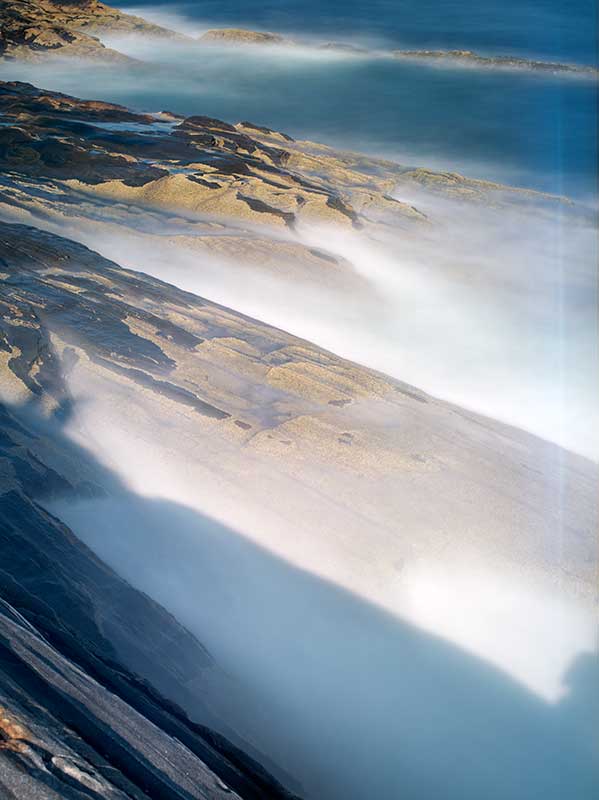GrahamWelland
Subscriber & Workshop Member
I was wondering if any of the proud new recipients of the Phase One XF had tried proper long exposures with the camera and could comment on light tightness?
i've use the DF/DF+ for multi-minute exposures and it leaks horribly and needs gaffer taping/covering with a lens wrap/beanie hat for good results. I'm hoping that the XF is better.
anyone tried it? 120s + is the range I'm looking at.
This was DF/IQ160 until wrapped up (obviously eyepiece was covered already, this is the body):
404 Not Found
i've use the DF/DF+ for multi-minute exposures and it leaks horribly and needs gaffer taping/covering with a lens wrap/beanie hat for good results. I'm hoping that the XF is better.
anyone tried it? 120s + is the range I'm looking at.
This was DF/IQ160 until wrapped up (obviously eyepiece was covered already, this is the body):
404 Not Found



